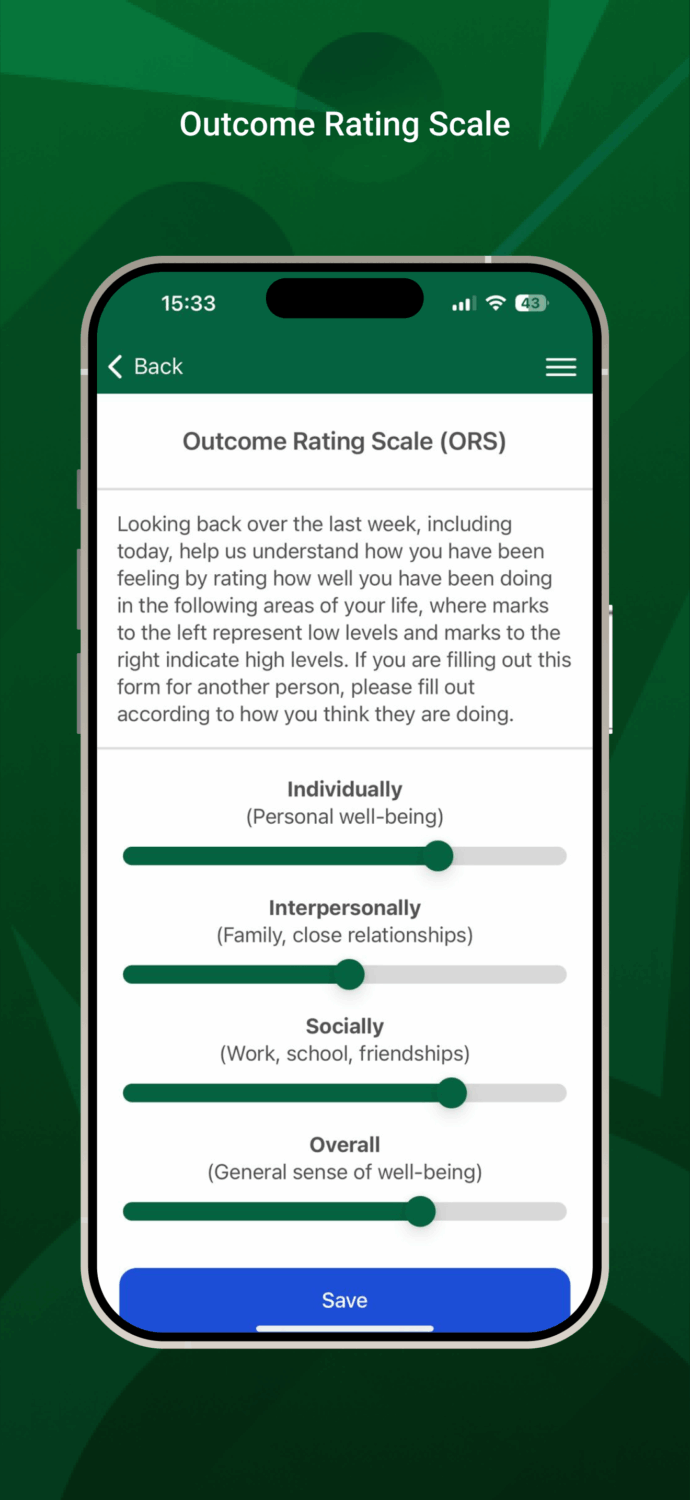Beating Burnout, Improving Outcomes, and Staying Vitally Empathic

How do you get better as a therapist (Take the quiz)? Learning the latest and greatest model or technique? Getting personal therapy? Logging years of experience? Deliberate practice? The answer: None of the above! And how do you stave off burnout and stay vitally empathic? While managing secondary trauma is important, it is not the primary culprit of burnout. Rather it is clinical stagnation, the feeling that you are not getting better and the dreaded thought creeping in that client stories are the same old, same old. Clinical growth is the cure for burnout. Therapists need to grow and get better. How? Check out this five-step plan to take charge of your professional development, stave off disenchantment, and remain a vital force for change in client lives.
1. The first step is to track your development with reliable and valid measures and take it on as a project. Proactively monitor your effectiveness in service of implementing strategies to improve your outcomes. Practice the skills of your craft and monitor your results. Start by paying respect to that tried and true, but neglected old friend, the therapeutic alliance. Review your outcomes and note your career growth, how you improve over time.

2. Second, pay close attention to your current growth. Take a step back, review your current clients, and consider the lessons you are learning, especially with those clients who are not benefiting. Clients are the best teachers, especially those not benefiting because they force us out of our therapeutic business as usual, to do things we’ve never done. When you do things you’ve never done in service of client goals, you are doing your very best work. Empower yourself, like you would your clients, to enable the lessons to take hold and add meaning to your development as a therapist. Articulate how client lessons have changed you and your work and what it means to both your identity as a helper and how you describe what it is that you do.

3. Next, expand your theoretical breadth—loosen your grip on the inherent truth value of any given approach. Models of therapy are but metaphorical accounts of how people canchange, not how people must change. Take multiple vantage points on your journeys with clients while you search different understandings of client dilemmas. Find ways of understanding clients that fit their theories of change—be client directed, not theory directed!
4. Fourth, reflect about your identity and construct a story of your work that captures what you do as a helper. Continue to edit and refine your identity and accounts of what constitutes the essence of your work—evolve a description that you can have allegiance but can continue to evolve as you do.
5. Finally, the fifth and final step to keep your development on the front burner and get better at the work we love: collect client notes, cards, and letters about your work with them, as well as client stories that mark significant events in your growth as a psychotherapist—what I call the “Treasure Chest.” Helping you re-remember why you became a therapist, opening this file enables an escape from the pressures and disappointments of the daily grind of being a therapist, allowing you to appreciate your milestones along your journey
Becoming a better therapist requires receiving feedback from your clients and taking your development as a therapist to heart. Integrating these two critical aspects can open new vistas for therapists wishing to rapidly impact the quality of their work with clients. PCOMS/BON is a simple but clinically nuanced process of attaining systematic client feedback, forming true partnerships, and enhancing the factors known to impact outcomes. It helps us know we are on track, enables us to collaborate with clients to empower change, and provides an early-warning system for clients at risk for dropout or other negative outcomes. PCOMS/BON also paves the way for you to accelerate your development as a therapist by providing an objective account of effectiveness as well as your development over time.
Check out On Becoming a Better Therapist which details the above five steps.

